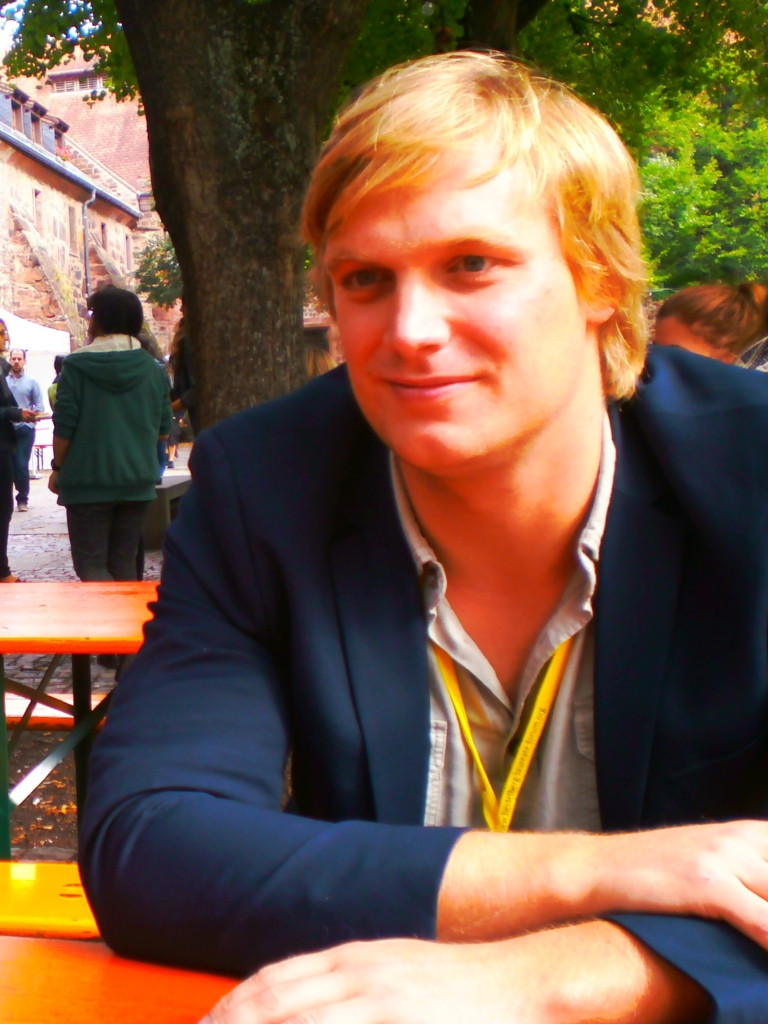
Senne Starckx
- 2016
- Press Fellow
Senne is a freelance science journalist, writing for general media (both print and online) in Flanders, The Netherlands and internationally. He also writes for several specialist journals. He is the proud owner of a Master’s degree in theoretical physics (Vrije Universiteit Brussel, 2005). In his master thesis he explored the weird properties of soliton, so-called 'solitary waves' that possess a special status in (mathematical) physics. 1. Why did you choose to become a science journalist? I don’t think anyone really ‘chooses’ to become a science journalist. An important characteristic in the mindset of a journalist is his ability to adapt to new habitats – curiosity also triggers him to explore new worlds beyond his horizon. I think that after my graduation as a physicist, I felt that need to widen up my world. 2. What role do science and science communication play in your country? I believe I can’t complain. Belgium and Flanders have excellent education systems in which the exact sciences play a major role. However, just as in many other countries, the scientific ‘state of mind’ doesn’t penetrate all sections of society. I believe that it should also be the mission of science communicators to make the general public more acquainted with things like the scientific method and scientific reasoning, instead of only focusing on applications – ‘cool stuff’. 3. In your opinion, which are the walls that will have to fall in science and society within the next five years? I believe there are still many walls inside the house of science, for example between physics, biology and medicine. Many biochemists are studying possible new targets for drug development while they know so little about diseases or even haven’t seen a single patient. Another example: I think that biology – and especially evolutionary and molecular biology – can strongly benefit from the incorporation of mathematical and physical methods. But not all walls need to be torn down. Both science and society can benefit from a wall between certain sectors – if well placed and maintained. Lately we see that independent knowledge institutions like universities are getting more and more intertwined with the private sector – by sponsored chairs, by collaborative research projects, etcetera. I strongly believe that a firm wall should be in place here – and I don’t mind if I sound a bit old-fashioned here. 4. What are the biggest threats/obstacles to good science journalism and how could we tackle them? Science journalism is actually a weird thing, as the goal of both science and journalism is – in some sense – to find and lay bare the truth. In principal, journalists don’t need to approach scientists or researchers as critically as they do with politicians – as most research is peer-reviewed. However, the ideal world is not our daily world, so we always need to be cautious when a scientist – even if he has an incredible reputation – says something. Nevertheless, we also have to watch out that we don’t lapse into the ‘hear the other side’ practice which is a cornerstone of the standard journalistic guidebook. I believe this can be a threat, as it can lead to the apparent acceptance by the scientific world of bogus crap like homeopathy or creationism.